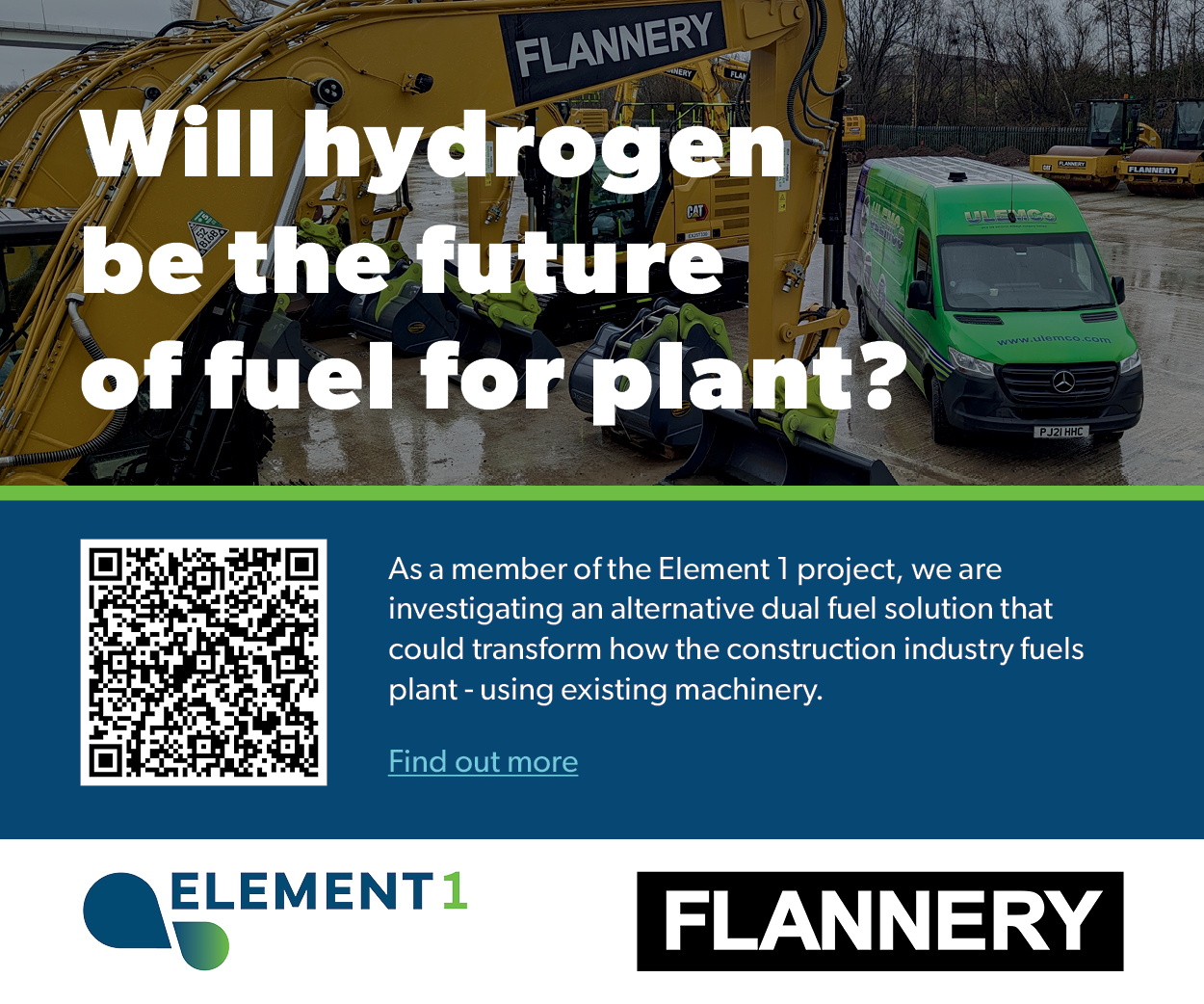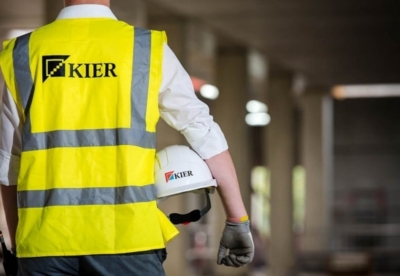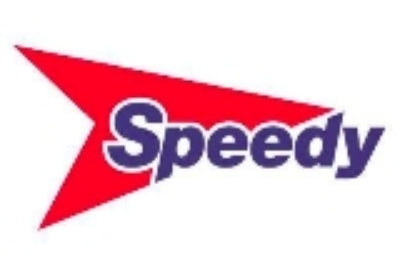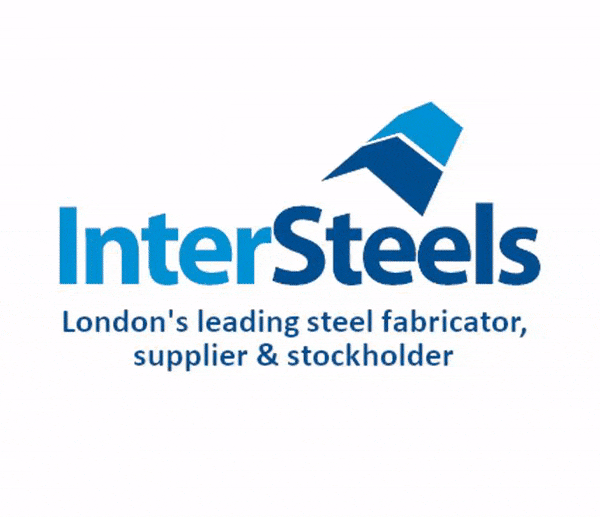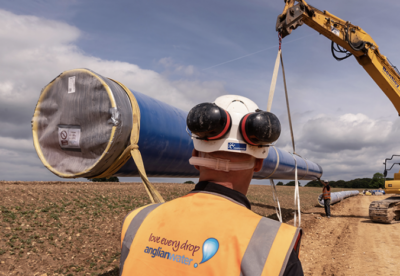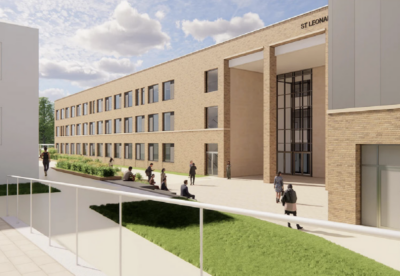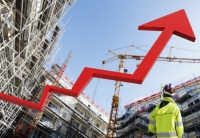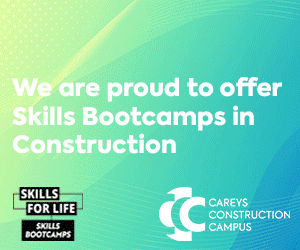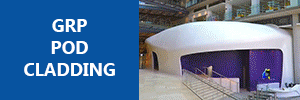The news comes as HS2 engineers at Westbury on the Buckinghamshire/Oxfordshire border began carefully sliding the second of the new viaduct decks into position.
The team rolled out the more efficient design to four viaducts in Buckinghamshire, Oxfordshire and West Northants following the early success of HS2’s first double composite viaduct at nearby Wendover Dean. The approach built on lessons learnt from European high speed rail projects.
Single composite structures, where steel beams support a reinforced concrete deck between the viaduct piers, are common across the UK. But by adding a concrete bottom to form a hollow box-like structure, the double composite approach becomes far more efficient, allowing the overall thickness of the concrete and steel to be reduced.
This move helped the design team cut the amount of embedded carbon in the five viaducts – at Westbury, Turweston, Wendover, Small Dean and Lower Thorpe – by between 52 and 66%.
All the viaducts were designed by HS2’s main works contractor EKFB, a team made up of Eiffage, Kier, Ferrovial Construction and BAM Nuttall – working with ASC (a joint venture between Arcadis, Setec and COWI) and architects Moxon.
HS2 Ltd’s Head of Civil Structures, Tomas Garcia, said: “The double composite approach – which combines the strength of steel in tension and with concrete in compression – has huge potential to cut carbon in construction by enabling more efficient bridges.
“I look forward to seeing them completed and hope the lessons we have learnt can be successfully applied to other bridge projects across the UK.”
Jose Candel, EKFB’s Design Delivery Director commented: “The double composite design of this group of viaducts spanning Bucks and Northants, is exemplary here in the UK.
“The innovative deck consists of steel and concrete elements acting together to form a high-structural capacity, but lightweight hollow cross-section and we’re pleased to be able to apply this design concept to five structures across HS2’s central section.
“Its implementation has been possible thanks to multidisciplinary collaboration and partnership with the supply change such as Eiffage Metal, to achieve a design which fully integrates their know-how and the considerations of the construction process, which enables a high degree of off-site manufacturing.
“This industry-leading approach is innovating and paving the way for future infrastructure projects which will not only benefit on-site construction but supports EKFBs drive to reduce a huge amount of carbon in the process.”





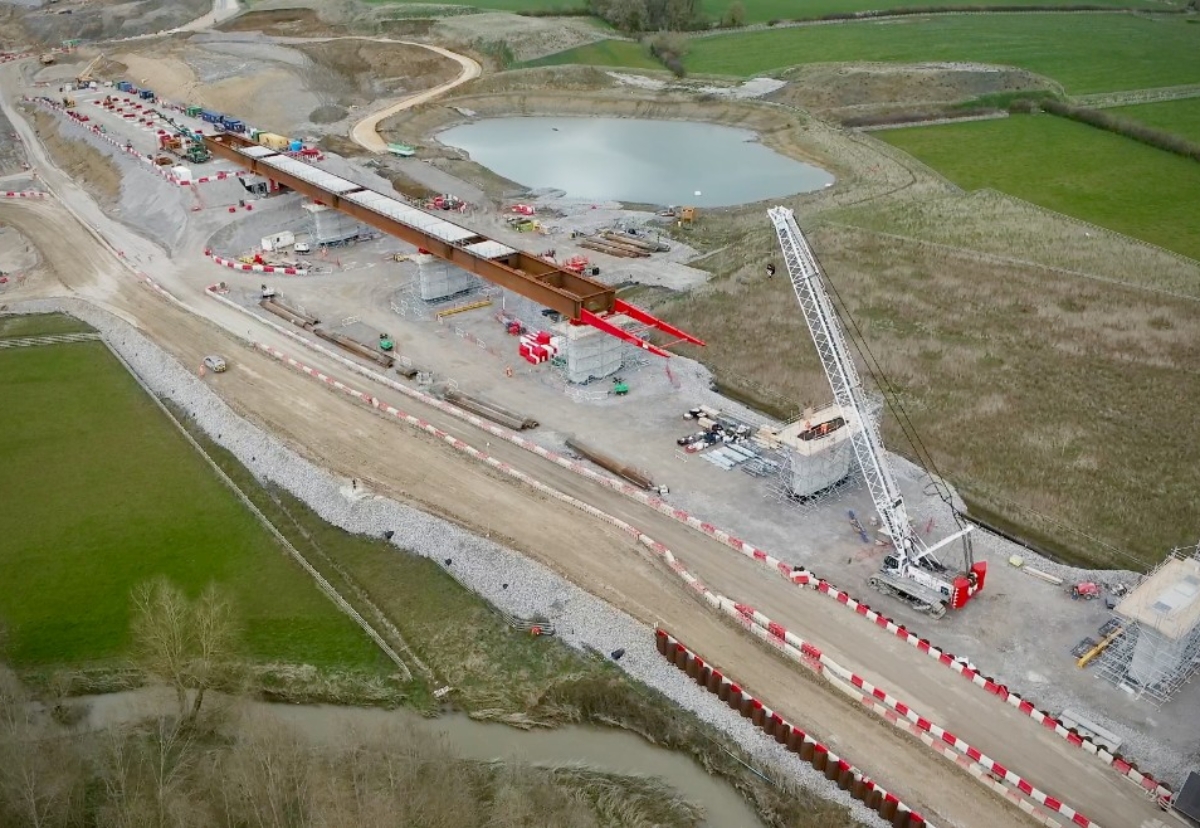


.gif)






